
Caring for copper utensils is more than maintenance—it’s preservation. By following these steps, you'll not only maintain their striking appearance but also ensure they perform their best for years to come.
Copper kitchenware instantly elevates any space, blending functionality with timeless elegance. Whether you're a home cook who loves experimenting in the kitchen, a design enthusiast who treasures aesthetics, or a collector of fine kitchenware, copper utensils deserve a spot of honor.
But here’s the thing about copper—it requires a little love to maintain its brilliance and performance. This post will guide you through everything you need to know about caring for your copper utensils, from cleaning and storage to addressing wear and tear.

Benefits of Using Copper Utensils
Before we step into the care instructions, it’s worth appreciating why copper has been a prized material for centuries.
- Excellent Conductivity
Copper is one of the best conductors of heat, which means your pots and pans heat up quickly and evenly. This feature is especially valuable when making delicate sauces or candy.
- Durability
When well-maintained, copper utensils can last generations. Their longevity is part of what makes them so collectible.
- Aesthetic Appeal
Few materials bring the same warmth and charm to a kitchen as copper. Its shiny surface and rustic undertone can complement virtually any kitchen decor style.
- Antimicrobial Properties
Copper naturally kills a broad spectrum of bacteria and viruses, making it a hygienic choice for utensils and cookware (though this doesn’t replace regular cleaning!).
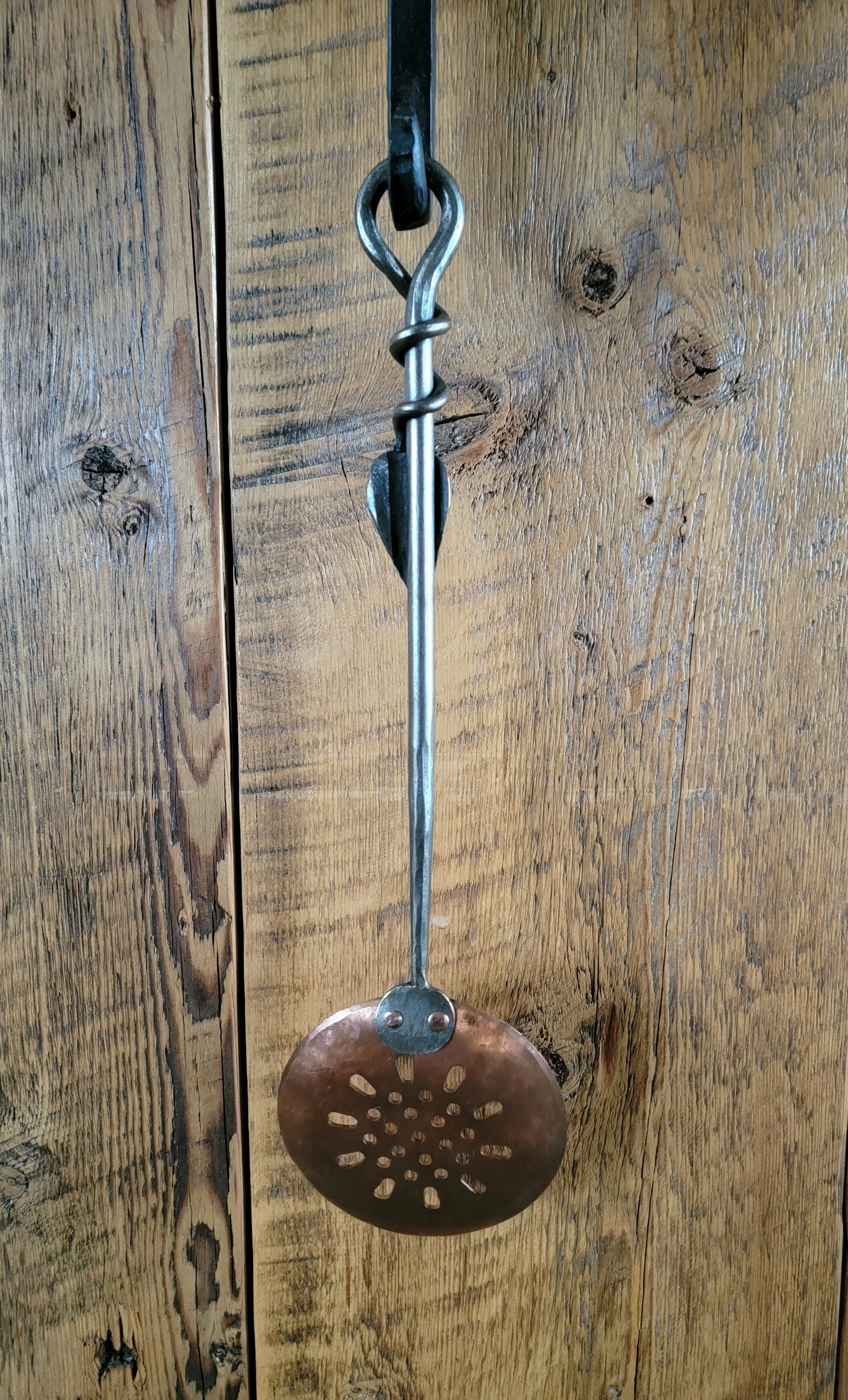
Common Copper Utensil Wear and Tear
Copper utensils are beautiful, but like most high-quality materials, they show their wear over time. Some common issues include:
- Tarnish (Patina): A greenish or brownish film that forms naturally on the surface of copper due to oxidation. While some love the vintage look, others want their copper shiny and new.
- Scratches: Copper is a relatively soft metal, so utensils may develop minor scratches with regular use.
- Pitting: Long-term exposure to certain acidic foods (e.g., lemon, vinegar) can cause pitting on the surface.
- Interior Wear: Many modern copper utensils are lined with materials like stainless steel or tin. Over time, these linings can erode or wear out.
Understanding these common issues is crucial to keeping your utensils in their best shape.
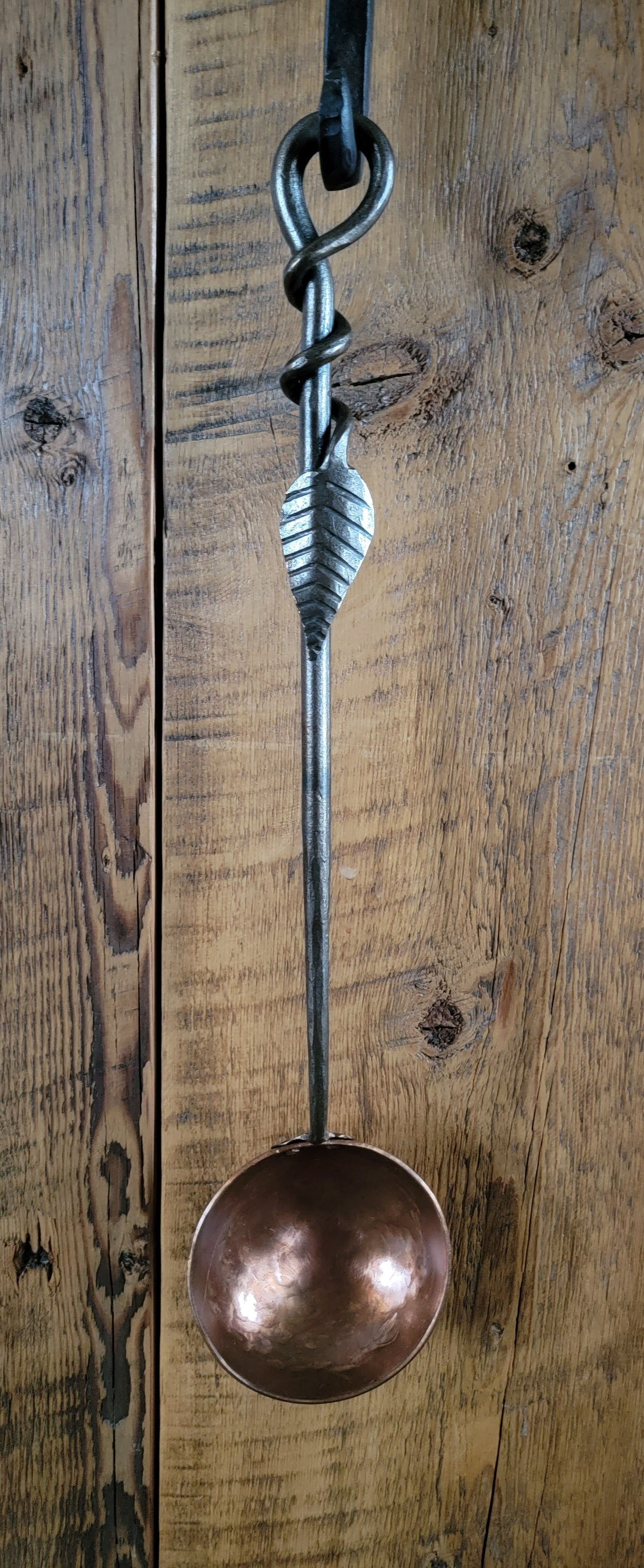
Basic Copper Utensil Care
Daily care makes a significant difference in maintaining the beauty and functionality of your copper.
- Wash by Hand: Avoid the dishwasher, as harsh detergents and high temperatures can cause discoloration and degrade any lining. Instead, gently wash copper utensils with warm soapy water and a soft sponge.
- Avoid Abrasives: Steer clear of steel wool or harsh scouring pads that can scratch the surface.
- Dry Immediately: After washing, dry your utensils thoroughly with a soft cloth to prevent water spots or tarnish. Leaving copper wet can accelerate oxidation.
-
Rotate Usage: If you alternate between utensils regularly, it ensures even wear rather than overworking a particular piece.
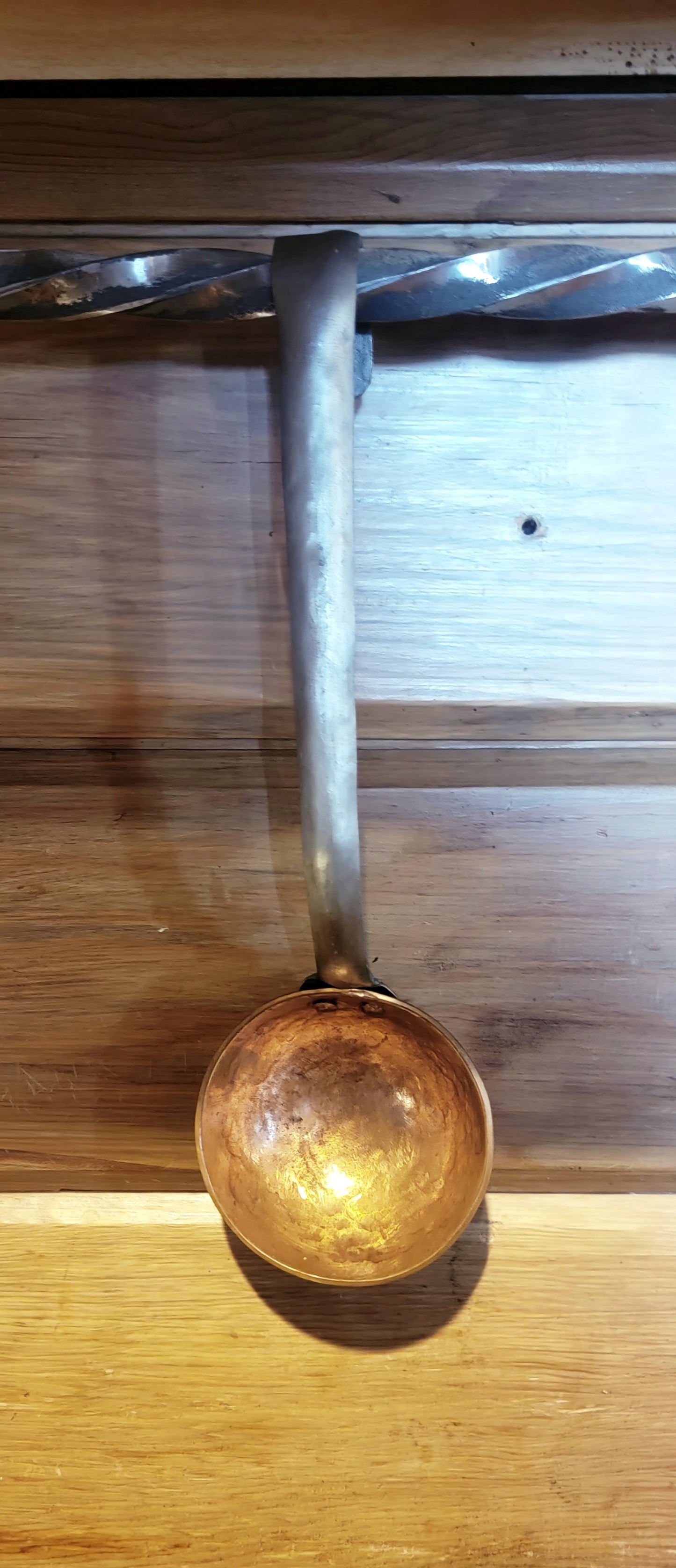
How to Clean Copper Utensils
Copper’s natural shine can fade over time, but the good news is that cleaning it is relatively straightforward.
Non-Toxic DIY Cleaning Methods
- Lemon and Salt: Sprinkle coarse salt onto a lemon half, then rub it over the tarnished area. The acidity of the lemon reacts with the oxidation, removing the tarnish.
- Vinegar Paste: Mix white vinegar, flour, and salt into a thick paste. Apply this paste to your utensil, leave it on for about 10 minutes, and then rinse.
- Baking Soda Scrub: Make a paste using baking soda and water, then gently scrub the utensil for a mild polishing effect.
- Ketchup or Tomato Paste: Yes, it works! The acidity of ketchup can remove light tarnish. Simply rub it on, wait a few minutes, and rinse off.
Commercial Copper Cleaners
If you’d prefer a ready-made solution, opt for a commercial copper polish like Bar Keepers Friend or Wright’s Copper Cream. Always follow the manufacturer’s instructions.
Pro tip: Focus on polishing only the exterior of lined copper cookware. Over-polishing the interior lining (e.g., stainless steel or tin) can be detrimental to its performance.
Copper Utensil Storage Best Practices
Storing your copper utensils properly can protect them from unnecessary wear and keep them looking stunning.
- Choose a Dry Spot: Moisture accelerates tarnishing, so store copper utensils in a dry area. Avoid placing them near sinks or stoves with constant steam.
- Use Soft Liners: If stacking copper pots or utensils, line them with a soft cloth or felt material to prevent scratches.
- Display with Care: Many people love showcasing their copper utensils on racks or shelves. Just ensure there’s proper ventilation and minimal humidity in the area.
-
Avoid Plastic or Aluminum Contact: Prolonged contact with these materials can discolor or damage the copper surface.
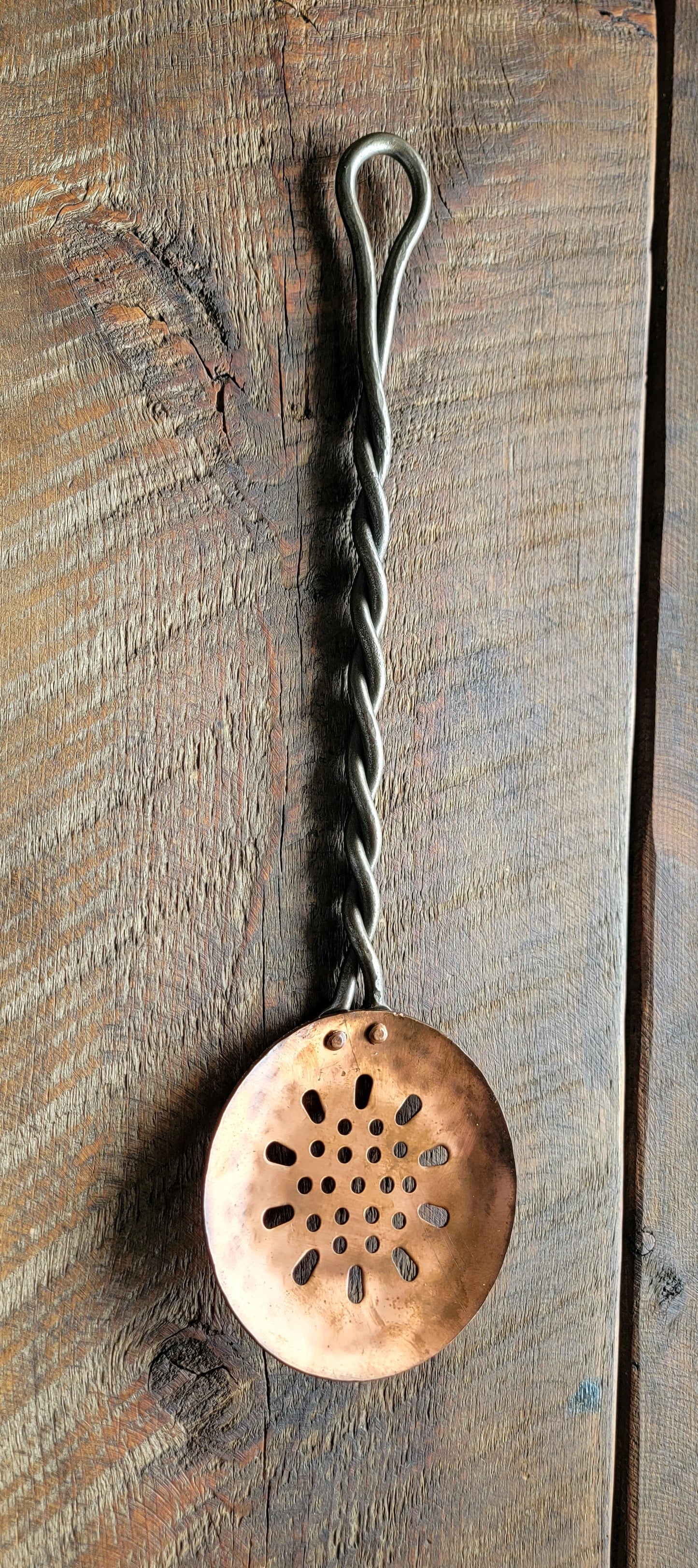
How to Care for Worn Copper Utensils
If your copper utensils show significant wear, here’s how to bring them back to life.
- Re-tin Lined Copper Cookware: Once the tin lining wears away, it’s important to retin the pot if you intend to cook with it. Many specialized craftsmen and companies offer retinning services.
- Remove Deeper Tarnish: For stubborn spots, a commercial tarnish remover is often effective. Repeat the cleaning or polishing process above until the desired result is achieved.
-
Smooth Deep Scratches: While minor scratches add character, deeper scratches can sometimes be polished out by a professional.
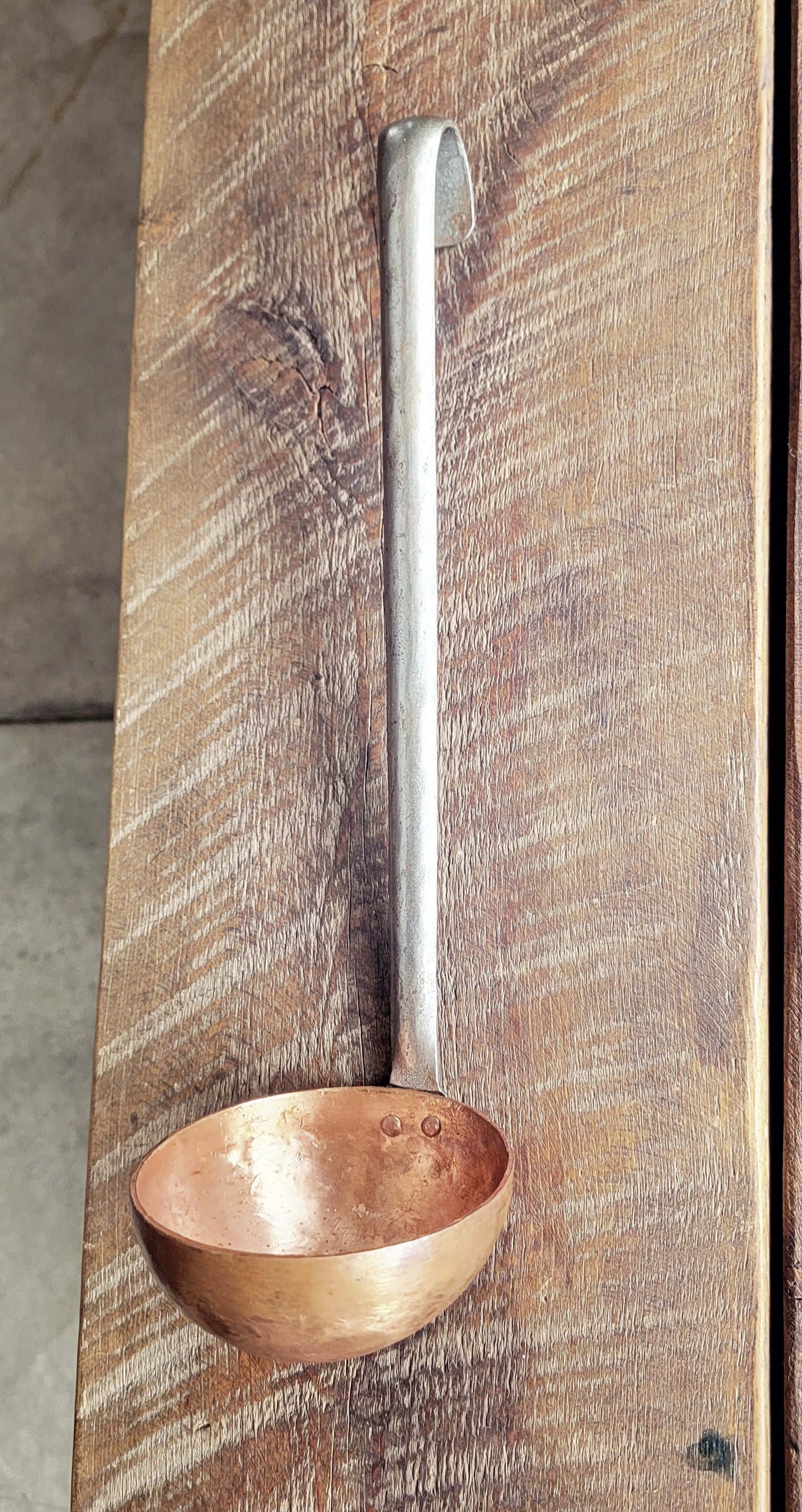
Repairs
For serious damage, professional help is often the best route. Here are common repairs and how to approach them:
- Bent Handles or Edges: Consult a metalworker to reshape bent parts without weakening their structure.
- Re-tinning: This is crucial for functionality. Search for retinning services in your area or online for cookware restoration specialists.
- Cracks or Holes: Professionals may be able to solder small cracks or holes in antique or well-loved copper utensils.
Investing in repairs not only extends the life of your utensils but also keeps their value intact.

A Shining Legacy for Your Copper
Caring for copper utensils is more than maintenance—it’s preservation. By following these steps, you'll not only maintain their striking appearance but also ensure they perform their best for years to come.
Remember, a little care goes a long way in showcasing their brilliance. Whether you’re simmering a sauce, serving food in a copper bowl, or displaying it as a decorative piece, copper never fails to make an impression.
Got copper pieces that need a little extra love? Share your favorite care tips in the comments below or connect with us for expert advice. Happy maintaining!
